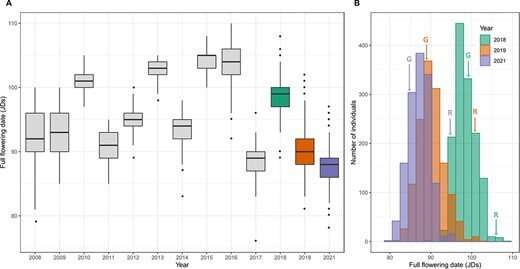Scientists provide new insights into flowering dates in Prunus species

Recently, scientists from the French National Institute for Agriculture provided new insights into the control of flowering dates in Prunus species, paving the way for development of molecular breeding strategies.
A quantitative trait locus (QTL) analysis on linkage group 4 (LG4) was highly stable across multiple years in the studied plant material, which had a relatively high chilling requirement and late bloom time. This region, as well as a QTL on LG1 associated with low chilling cultivars, is of significant interest for sweet cherry breeding programs aimed at creating new cultivars that are well adapted to their growing areas.
These results constitute the first step toward the development of markers within the LG4 QTL that can be used in marker-assisted selection for FD in sweet cherry. Researchers reduced the 380-kb region obtained with their new QTL analyses using a large population to a 68-kb region that contained only twelve candidate genes. The most likely candidate genes, with interesting expression patterns, were related to splicing (SR45a) and auxin response (SAUR71).
Further analyses based on transformation experiments in model species could be performed to validate these candidate genes and may give new insights into the control of FD in Prunus species. The scientists' study also provides useful methodological information by using the same cross in two different experimental designs to compare QTL analyses.
"This work should contribute to increase the efficiency of breeding programs for sweet cherry and other Prunus species to create new cultivars well adapted to the future climatic conditions," said the authors of the study published in Horticulture Research.
More information: Camille Branchereau et al, New insights into flowering date in Prunus: fine mapping of a major QTL in sweet cherry, Horticulture Research (2022). DOI: 10.1093/hr/uhac042
Provided by Nanjing Agricultural University The Academy of Science




















